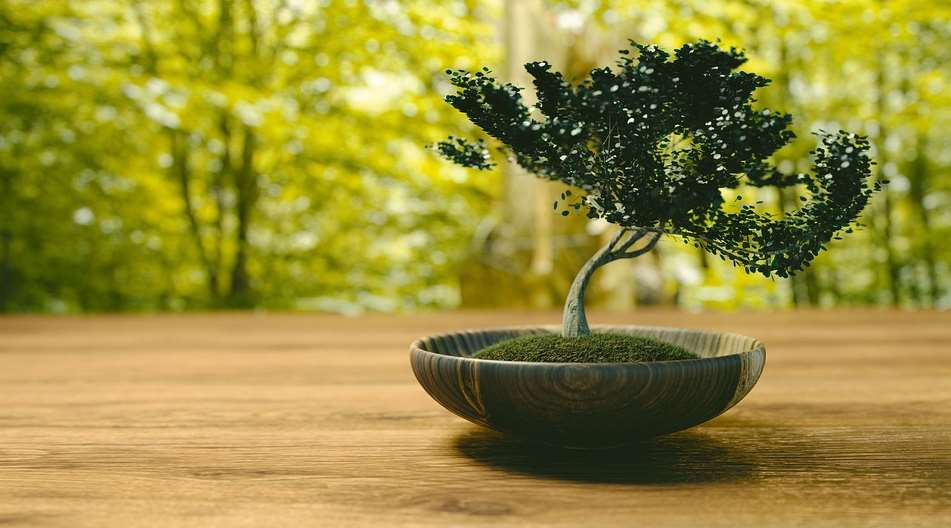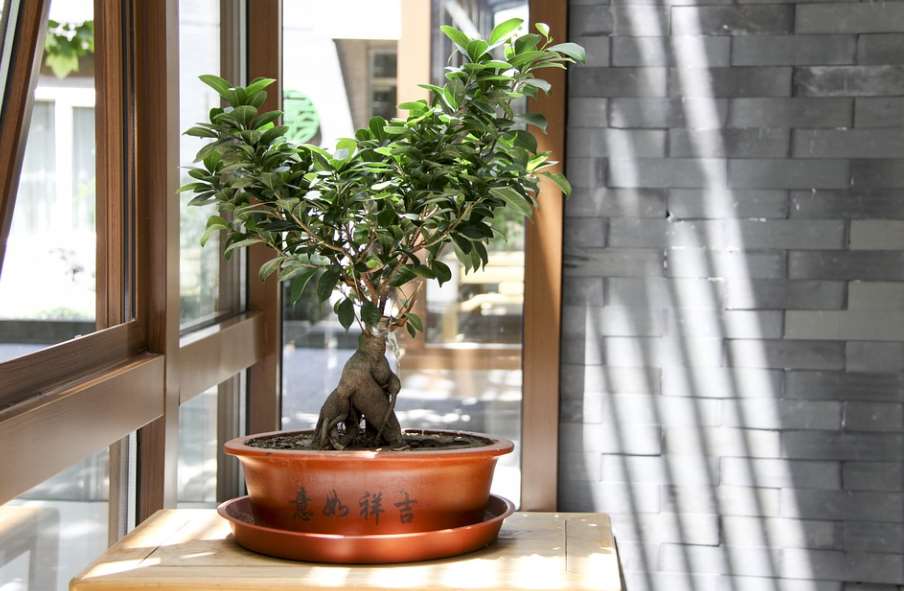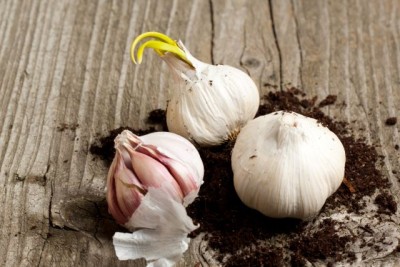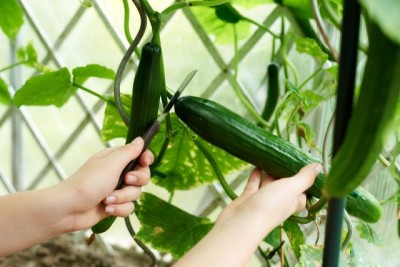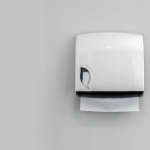How to Care For a Bonsai Tree - Proper Care, Love, And Maintenance Of Your Bonsai Trees
Warning: Undefined variable $post in /home/dietofli/public_html/wp-content/plugins/code-snippets/php/snippet-ops.php(584) : eval()'d code on line 3
Warning: Attempt to read property "ID" on null in /home/dietofli/public_html/wp-content/plugins/code-snippets/php/snippet-ops.php(584) : eval()'d code on line 3
The estimated reading time is 8 minutes
Warning: Undefined variable $post in /home/dietofli/public_html/wp-content/plugins/oxygen/component-framework/components/classes/code-block.class.php(115) : eval()'d code on line 3
Warning: Attempt to read property "ID" on null in /home/dietofli/public_html/wp-content/plugins/oxygen/component-framework/components/classes/code-block.class.php(115) : eval()'d code on line 3
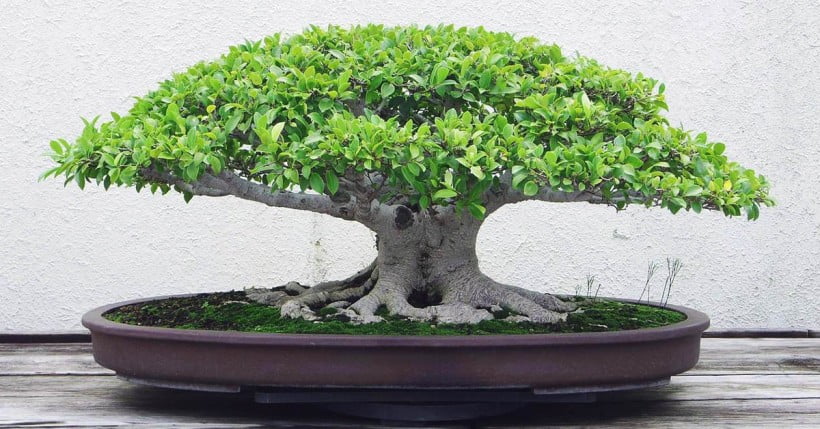
Even if you have no idea what a bonsai tree looks like, you can probably guess that bonsai trees need care and love to thrive with every plant on Earth. Leave a plant alone with hateful words, no water, or direct sunlight and it will die very soon. Bonsai trees can be as sensitive as any other plants regarding maintenance and general care. Before we get started on the most important things about how to care for a Bonsai tree, let’s remind ourselves about the beauty of a bonsai tree.
The cultural mix of Chinese and Japanese traditions put together to make tiny pieces of art is a real extravagant pleasure to look at and own. But, what is the art of making bonsai trees exactly? Many Japanese masters used various techniques to cultivate and produce small trees in different pots. They are the direct replication of big-sized trees. Since the dawn of time, the tradition has been going on for more than a thousand years ago. The bonsai trees are sometimes kept outside, but it really comes down to the climate and other weather conditions. If the conditions are harsh, you can’t really expect to put your bonsai tree outside as it will die out very soon.
In this case, the best option is to include the green bonsai beauty in the comfort of your cozy home atmosphere. In that way, you can safely enjoy the bonsai mini art, but remember that as with any other plant, it needs great care, effort, and maintenance in order to thrive and give back its love to you, which is what we are going to talk about in detail in the paragraphs below.
Bear in mind that there could be many things to consider at first, so be patient and concise when looking for information. Pay attention to the most important things and always make sure you are doing things with great love because plants also require love from their owners. One careless mistake can cost you a lot and your bonsai might soon die out if you don’t know how to take care of it properly.
Let’s talk about first things first now. Imagine that you have a bonsai tree gift at home, but you have no idea how to deal with it. What is the first thing to consider? I assume it’s the placement. Which place is the best to put this piece of art?
Where Do I Put My Bonsai Tree?
If you are taking care of an indoor bonsai, you need to put it right beside a window that faces the south side due to the light it requires. A lot of light makes up for a healthy bonsai tree. Please don’t put it too far away from your window as it will result in not-so-good growth and might eventually kill your plant. Therefore, it is crucial to be right next to the window. Another point to consider is where the bonsai tree originates and comes from.
As they are considered to be tropical or subtropical plants, they need to be in a relatively humid environment. Because of this, it’s a good idea to invest in a humidity tray and take good care of your indoor bonsai. Moreover, make sure that the temperature stays the same during the whole day with no changes. If you are taking care of an outdoor bonsai, things look slightly different. Even though it may sound or look strange to you, outdoor bonsai trees need to be left outside for their most optimal growth during the whole year, including the winter season. If you make the mistake of over worrying and taking unnecessary precaution measures, the bonsai tree will only lose its strength.
How to Care For a Bonsai Tree?
Bear in mind that it’s important to do optimal care for your outdoor bonsai tree even during wintertime. Of course, different types of bonsai require different care, so always make sure to know what type of bonsai tree you are taking care of. Another thing to consider is that if it gets very hot, you should avoid direct sunlight. Don’t keep it outside if the weather is over 40 degrees Celsius. The winter season might be tricky because some bonsai trees need extra care. Most importantly, always expose your outdoor bonsai to a great deal of sunlight, as it is their greatest friend from 6 to 8 hours daily.
How Much Water Does My Bonsai Need?
The answer to this question is not as simple as it looks. The complexity comes when considering various factors that need to be looked at in detail, including the tree’s size, weather conditions, seasons, and the tree’s type or subtype. The correct guidance cannot be detailed without taking these factors into account. Therefore, every tree is a special individual and should be taken as such for the best outcome. Having this in mind, we will provide you with some basic steps when taking care of the water intake of the bonsai tree.
As is the case with the rest of the plants, you should not consider watering your bonsai tree if you see the soil is humid and far from dry. However, this doesn’t mean that you should wait for the tree to wither and dry out before you consider watering it. There is one simple hack that all first-time bonsai owners should try: put your finger deep at around 1 cm and check if the soil is wet. Whenever it’s a tiny bit dry, it’s the sign you should water your plant.
Once you become more experienced, you won’t need to do this. Contrary to popular belief, don’t rely on a weekly or daily routine because as we mentioned above, every bonsai is uniquely looked at. Another important point is to consider the soil and what it consists of. Research says that you should mix a quarter of lava rock, a quarter of pumice, and a half akadama when preparing the soil. In case you check and the soil is a little dry, make sure to put water to the root. It doesn’t matter if water comes out at the bottom. You can use any watering can you prefer. Set, wet, go! (1)
Should I Fertilize Regularly?
Another important thing to consider is whether you should fertilize your bonsai tree. One thing is for sure and that’s the fact that a bonsai tree loves to be fertilized because of the proper nutrients it needs in order to flourish. People commonly use Nitrogen, Phosphorous, and Potassium to fertilize the bonsai tree in different measures.
Fertilization should be a regular part of the care routine from spring to the middle of autumn. Every type of bonsai tree will need a different type of fertilizer, so you must be careful to use a balanced one so that you optimize the growth of your bonsai tree. Be mindful of the bonsai stores online and consult with a specialist before you apply it because malnourishment or overfeeding can damage your bonsai tree irreversibly.
How To Get Rid Of Persistent Insects
Even though it is believed that bonsai trees are not prone to damage caused by insects, people don’t hesitate to use any available insecticides as well as some sprays that they can easily find on the market. If the bonsai tree is taken care of well, it should be able to fight off the insects in a natural way, but it’s always great to be extra cautious, too. Prevention never hurt anyone, right? So never overuse the sprays and your bonsai tree will be eternally grateful. (2)
Pot, Repot, Safe and Sound
Even if you are in a lazy mood, your bonsai tree needs great care and maintenance, and that includes regular repotting. This means that you need to repot your bonsai tree from time to time effectively. Every two- to five years is just enough for optimal health.
Are you wondering why this needs to be done? Let us explain better. As your bonsai tree gets older, the roots increase and they may not get all the nutrients they need in such a small pot. The new pot will refresh the tree and prolong its life. In the process of repotting, it’s better if you use a new pot or at least nicely clean the old one before repotting. (3)
It’s never easy to deal with such a wonderful piece of art, but if you do it with love, your bonsai tree will be happy and will flourish with the right care.

